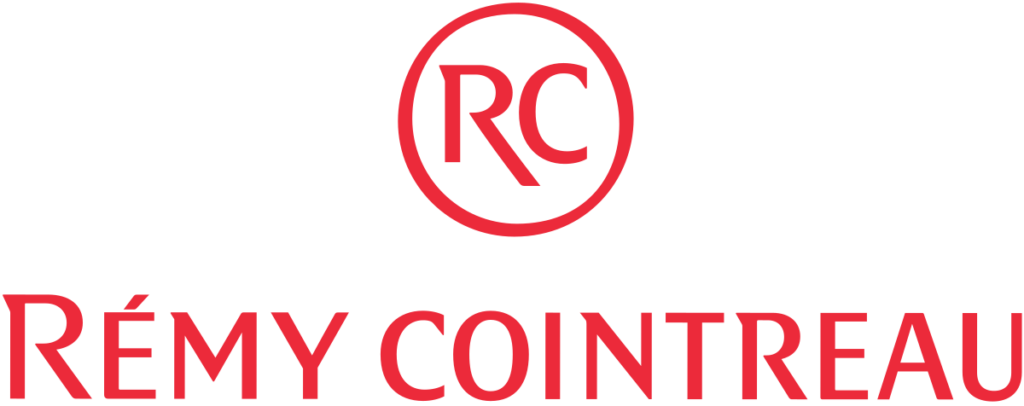Catalyzing meaningful action on land-use change through supply chain collaboration

Brazilian petrochemical company Braskem teamed up with Quantis to assess the land-use change (LUC) impact of its biopolyethylene (Green PE) from sugarcane ethanol. Working together with ethanol supplier, Atvos, Braskem collected farm-level data from sugarcane fields supplying the ethanol plants it was sourcing from. The results from the project provide a solid foundation for Braskem’s climate strategy, risk management, sustainable sourcing and communications.

Challenge
Assessing the impacts of land-use change and the opportunities to avoid it is a critical step in determining the sustainability of Green PE. Yet, country-level estimates of LUC impacts are often too generic for the kind of assessment needed. To better understand the direct and indirect LUC impact of its Green PE supply chain and credibly communicate about them, Braskem needed a more granular and regionalized approach to LUC estimation, assessing supplier-specific practices in its value chain at the regional and farm-level.
Insights
As companies make bold commitments to reduce their climate-related impacts, more and more businesses are tapping into natural climate solutions, such as avoiding deforestation, as key levers in their carbon reduction strategies. Currently, there is no standardized methodology for estimating the impact of direct and indirect land-use change from sugarcane cultivation in Brazil. Moreover, existing country-level estimates may not provide the level of specificity needed to track targeted actions for improvement. To more accurately assess LUC impact and ensure that no land-use change or deforestation is occurring in their supply chains, companies need reliable regional or farm-level data that reflect their supply chain practices. This is particularly relevant in countries with diverse biophysical and geographical features, such as Brazil.
Collaboration between companies and their suppliers is critical for accessing this information. For this project, Braskem and Quantis brought on board sugarcane and ethanol supplier Atvos. Embrapa, the Brazilian Agricultural Research Corporation was also called upon to provide its expertise in LUC and carbon stock dynamics at the regional and farm-level.
Actions
To calculate the LUC impact of its Green PE from sugarcane ethanol, Braskem first identified the ethanol plants and sugarcane suppliers in its supply chain, including their exact location and biome. This process led Braskem to Atvos, with whom it then worked to collect farm-level data (location, age of plantation and soil type). Using satellite imagery, land use prior to sugarcane cultivation was classified by land-use category (natural forest, pasture, perennial cropland, wetlands, etc.). Biomass and soil carbon-stock values were collected. LUC impacts were calculated following the Accounting for Natural Climate Solutions Guidance. Available state and national-level LUC models were also analyzed to provide a better understanding of the underlying methodology and data quality. The resulting data was synthesized to provide a complete picture of the direct and potential indirect GHG emissions related to sugarcane-driven land-use change.
Impact
Estimates of land-use change and deforestation from assessments using regional and farm-level data differed significantly from those calculated using country-level data. Collaborating with its suppliers, Braskem was able to obtain the best available data to calculate the direct LUC effects of its own supply chain and improve the robustness of its results.
Braskem will use this information to shape its Green PE climate strategy, risk management efforts, sustainable sourcing strategy and communications with the consumer goods companies it supplies.
This project also enabled Braskem to strengthen its relationship with its suppliers, opening the door for further opportunities to work collectively to address LUC and other key impacts.
“Working with Quantis allowed us to better understand our supply chain and build a stronger collaborative relationship with our suppliers. Furthermore, we’re now better equipped to communicate credibly with our customers about the environmental sustainability of our products.”
Yuki Kabe, LCA specialist, Sustainability in the value chain
Braskem
Latest case studies

Case Study
Pharma Company
Quantis supported a global pharmaceuticals company in understanding its impacts and dependencies on nature, assessing the related risks and opportunities, and evaluating the need for an overarching biodiversity strategy.

Case Study
FASHION LEAP FOR CLIMATE:
Fashion e-retailers ABOUT YOU, ZALANDO and YOOX NET-A-PORTER partnered with Quantis to develop an industry-led initiative and online learning platform to help fashion brands set science-based targets (SBTs) and accelerate industry climate action.

Case Study
Rémy Cointreau
Quantis helped Rémy Cointreau set, submit and validate its overall SBT short- and long-term target, including FLAG emission and removal targets and a Net Zero commitment.
